It is not good practice for historians to get dates wrong of major events, but if you ask me when Hurricane Katrina struck the Gulf Coast and forever changed New Orleans, I will say August 26 , 2005. Of course, Hurricane Katrina made landfall on August 29 and the rest, tragically, is history.
August 26 was the Friday before and the Museum went home for the weekend as the track for the storm had not set New Orleans and the surrounding areas in its sights. I had actually taken a couple of days off for an end of summer road trip and had no idea that the storm was threatening until I received a frantic call from my brother, who also lives in New Orleans, and asked if there was anything he could get from my apartment before evacuating.
The next few days and weeks blurred together as I went from Alabama, where my eyes were glued to the television watching my adopted city drowning and fighting for its life, up to my childhood home in Missouri with my parents, where my eyes were glued to the various internet message boards.
A lot of tears were shed, especially the morning I was sitting at my parents’ dining room table reading one of the Nola.com neighborhood boards that reported a rumor of smoke and fire coming from the Museum. Though I had only worked at the Museum for four years, it was my home, and I was a wreck for the next 24 hours after reading that. Fortunately, reports of damage to the Museum were greatly exaggerated. In the end, the Museum suffered minor physical damage, compared to the devastation throughout the city.
We did suffer, though. Staff members were scattered all over the country and the Museum’s finances were in dire straits. It was only due to the donations from our members and supporters around the country that we managed to weather the financial storm. Despite the outpouring of support and funds, we ended up losing two-thirds of our personnel, due to layoffs or staff members relocating. Many of these people were some of my closest friends that I had made in New Orleans.
The staff members who remained were instructed to keep in touch with their supervisors. I began to “text” for the first time in my life because cell service running through the Gulf Coast area was still shoddy at best, but non-existent most of the time. We were told to be back to work by Monday, October 3 to prepare the Museum for reopening to the public, though when the general public would actually be able to come back was still unknown.
I returned to New Orleans via a very circuitous route. Months before the storm, I made arrangements to travel to Milwaukee to retrieve a very rare artifact, as I worked in the Collections and Exhibits Department. In a rental car, I drove it from Wisconsin to the coast of Alabama where I met my boss, Tom Czekanski, so that we could drive into the city together.
That drive along I-10 was heartbreaking, seeing the utter destruction that this storm had caused. More tears were shed as I creeped along the interstate at 30 miles an hour.
Once back at the Museum it truly was an “all-hands-on-deck” situation with my coworkers and I filling many different roles due to the staff shortage. The massive number of military and first-responders who came to New Orleans’ aid in its time of need were our only visitors for the first few months, and we opened our doors gratis and graciously to them. It was nice to have some sense of normalcy to this anything-but-normal time.
The Museum announced its grand reopening on December 3, 2005 with a press conference and the (blank) firing of our 37mm anti-tank gun, which also included the public unveiling of our new name as The National WWII Museum.
It was a surreal time, much like today, with COVID-19 sending staff home on March 13 (another date that will be burned in my mind.) Rather than learning how to text, I have learned how to work from home with the various teleconference platforms, which has been our lifeline for internal meetings and external webinars and presentations to our supporters around the country.
I began my story with August 26 being forever burned in my brain. It was the last “normal” day any staff at the Museum would have, it was also the last date on our receptionist’s desk calendar when everyone went home for the weekend “as usual.” The one exception was our Engineer, Jake Staples, who stayed behind to keep an eye on the Museum, without knowing what was to come.
Everything was going to be far from normal for some time.
As one of the few remaining “Katrina-era employees” I have inherited this piece of institutional history, the receptionist’s calendar, and have it on the window sill of my office. It serves as a reminder of what was lost to the storm and its aftermath, and as inspiration to continue to grow this place that I love.
In his September 20, 2005 staff email, then President & CEO Nick Mueller informed the staff of the “return plan.” He closed his email with the following:
As we’ve all heard many times before, we’re all in this together. The Museum stands as a beacon of hope to our City and our country that we can and will rebuild. We've received many encouraging emails from concerned visitors, members, and citizens urging us to rally together and return. We will emerge stronger for the challenge and ready to tackle the future.
As our friends, followers, and supporters know, the Museum has rebounded and grown to become one of the marquee attractions and institutions in the city, state, and country.
I’m proud to have played a minor role in that.
Jeremy Collins
Jeremy Collins joined The National WWII Museum in 2001 as an intern, and now oversees the institution’s public programming initiatives.
Cite this article:
MLA Citation:
APA Citation:
Chicago Style Citation:
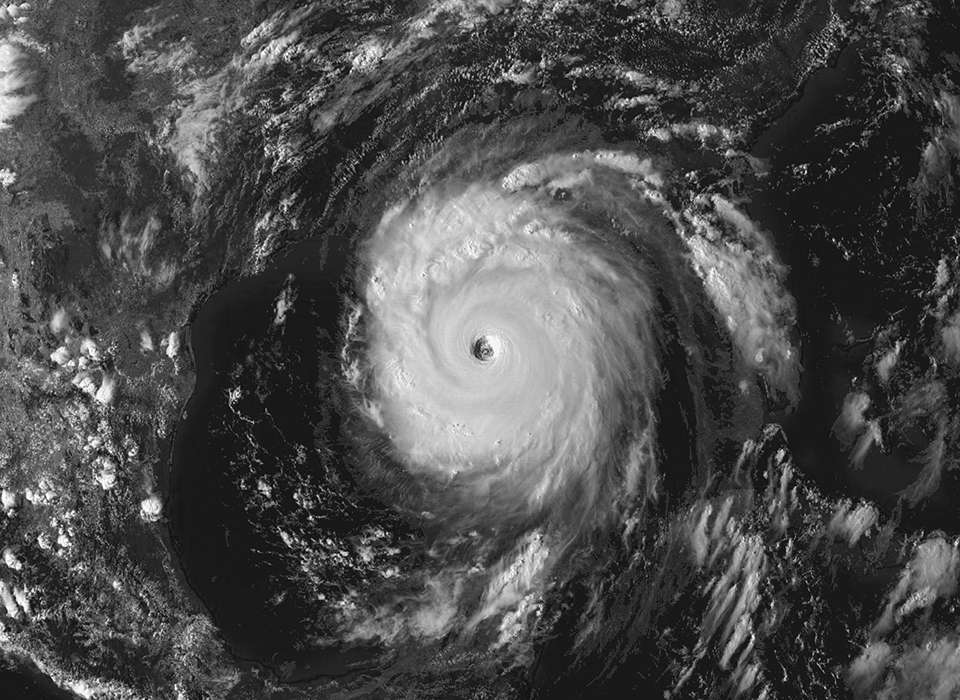
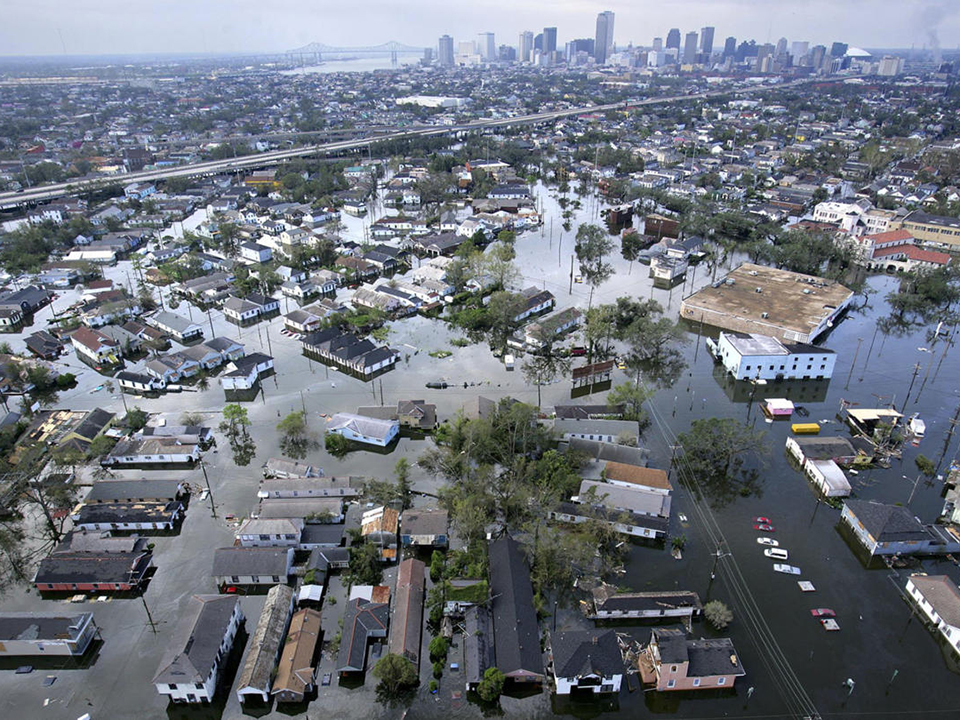
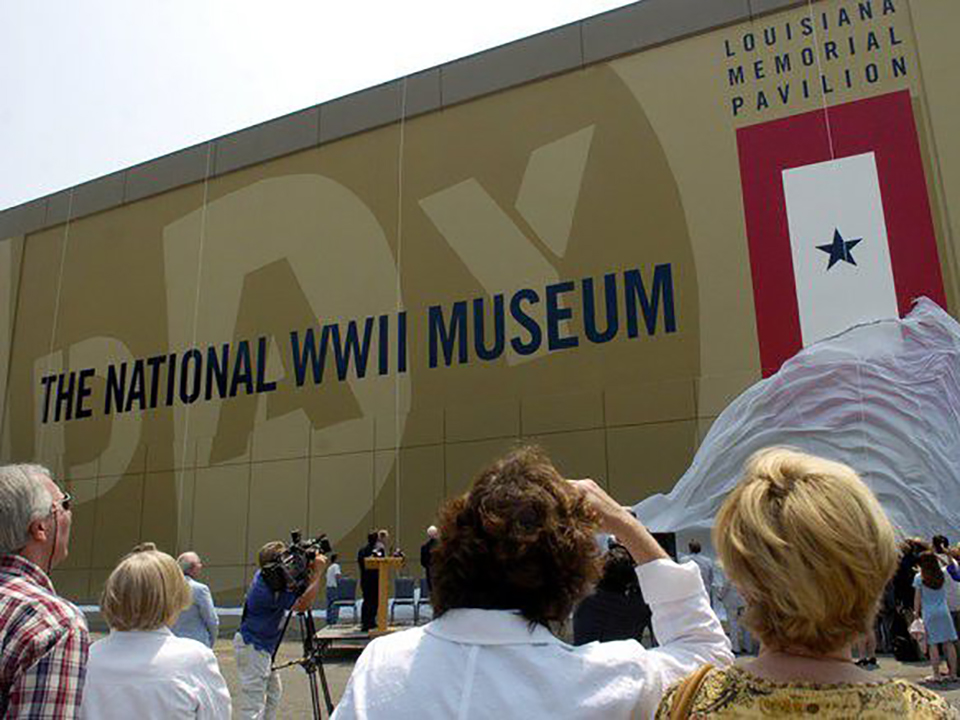

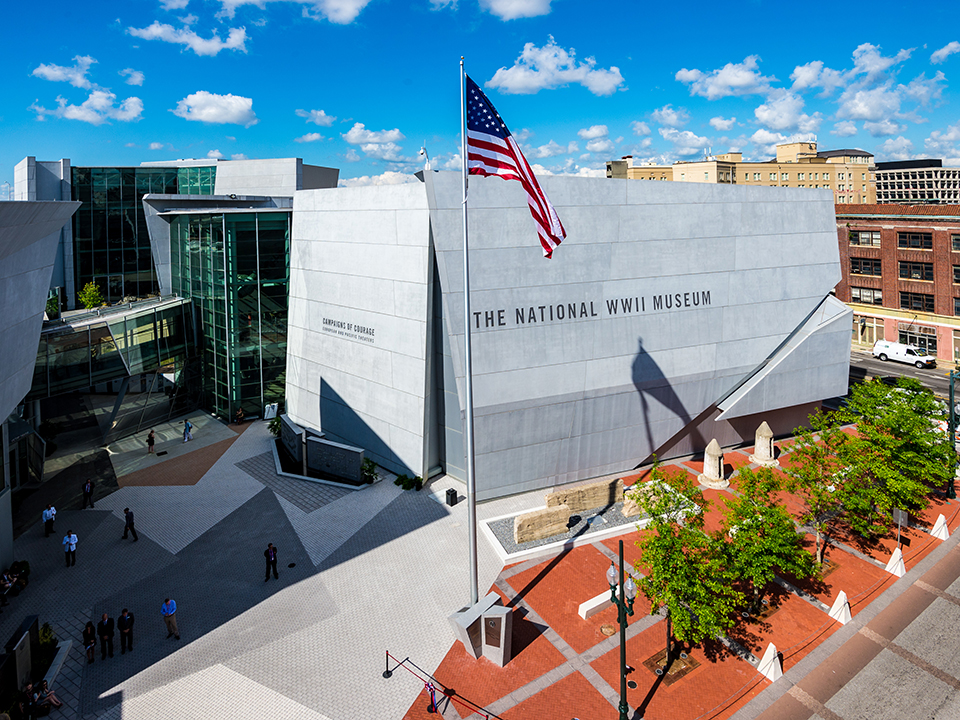
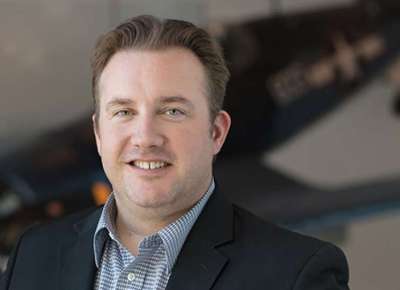




![Max Fuchs, New York City cantor, sings as Rabbi Sydney [sic] Lefkowitz, Richmond, VA, conducts the first Jewish services from Germany.](/sites/default/files/styles/max_650x650/public/2025-10/image1.jpg)


